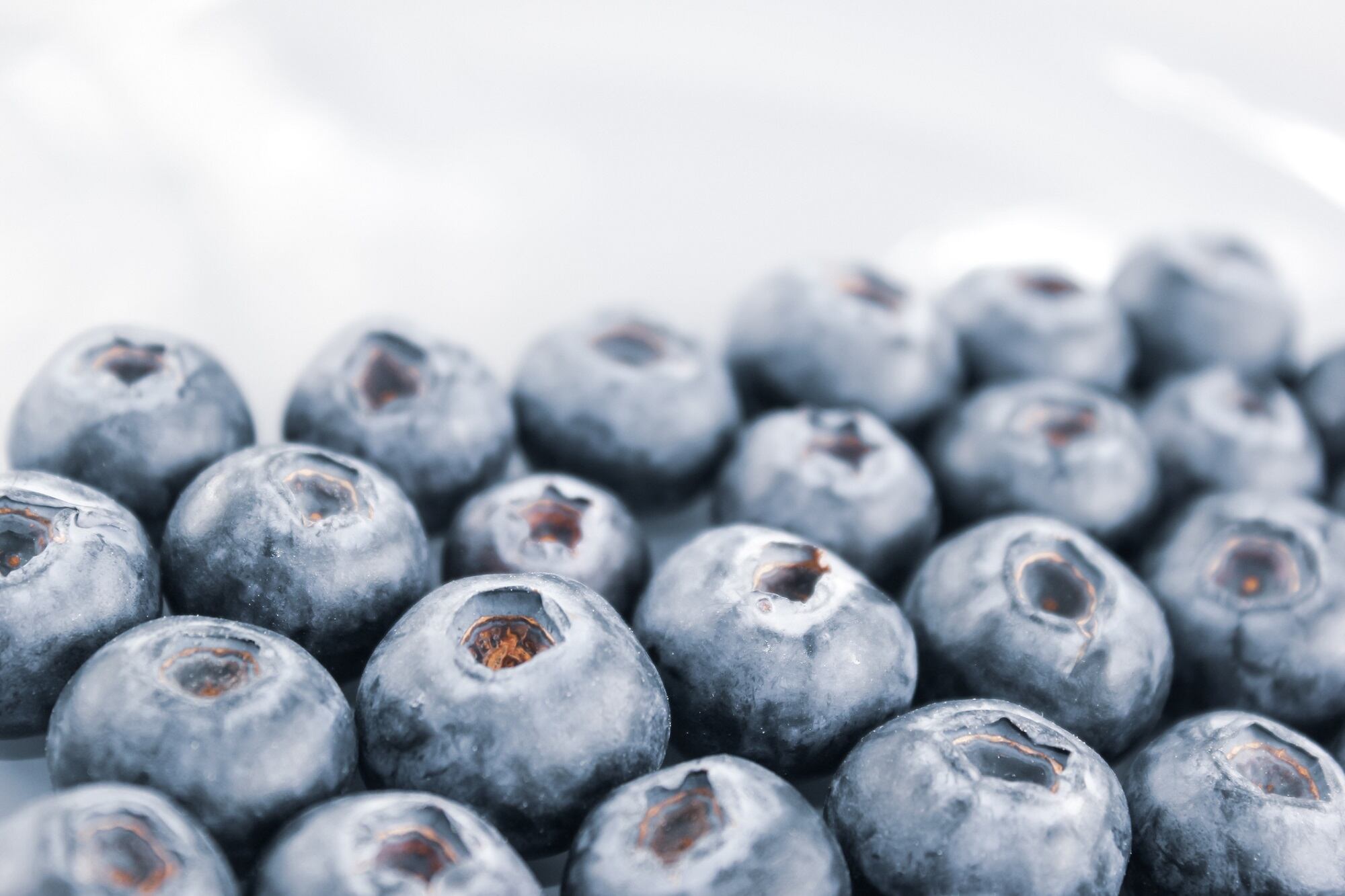A study in The Journal of Fungi found that fungi from a medicinal plant produces a green extract with antioxidant and antimicrobial activity. The plant, Fridericia chica, hosted nine pigment-producing endophytic fungi, with H. investiens showing the best results for pigmentation.
“We demonstrated the potential of H. investiens CF1-37 as a new source of pigments for industrial applications,” the authors write, including food dye and cosmetic product applications.
The genus Friderica is found in the Atlantic forest of Brazil and in the Amazon rainforest. It’s used for a variety of purposes including cosmetics and medicines and produces a red pigment.
Method
For this study, aerial parts of three different Friderica chica bushes in the western Amazon were collected. These host leaves and branches revealed 121 fungi after isolation, with nine producing pigmentation.
The endophytic fungi isolated for this study ranged from beneficial to pathogenic. Endophytic fungi, specifically the filamentous varieties, can produce bicolor along with rapid growth that releases pigments, along with their potential use as antimicrobials, antioxidants and antibiotics, among other uses.
The nine fungi produced pigments including mycelium yellow, extracellular violet, dark grey, caramel, green and light orange. After analyzing the maximum absorbance wavelength for specific nanometer parameters, three endophytic fungi stood out: hypoxylon investiens, neoscytalidium and penicillum rubens. A submerged culture revealed the best in class: H. investiens. Antioxidant activity was evaluated via two different methods and the main chemical classes present were identified.
H. investiens
The pigmented extract produced by H. investiens within the yeast extract medium showed the most absorbency in the red range. This coupled with its antioxidant and antimicrobial activity, including the presence of phenolic compounds and flavonoids, makes it a compelling new source for extracellular pigment, the authors write.
“Phenolic compounds are a class of molecules that have a wide distribution in natural products and have attracted a lot of attention due to their antioxidant and antimicrobial properties,” the authors write. “Antioxidant compounds produced by endophytic fungi are usually from the class of phenolic compounds, such as flavonoids and phenolic acids, which corroborates the results found in this study.”
The antioxidant potential of H. investiens was found to be 91.08% in this study, inhibiting the growth of gram-negative bacteria along with fungal strains.
Other pigment-producing fungi
P. rubens produced an extracellular yellow color, which the authors state is a new discovery and not previously published. “It is important to note that in the literature there are no reports of pigment production by this lineage; thus, this is the first report of pigment production by this species, which should be further investigated.”
Neoscytalidium isolates created a dark mycelium color but once in submerged culture, coloration was not visible. While this genus has not been recorded as a pigment producer before, it is often recognized as a plant pathogen. As such, the authors write, “we must take into account the fact that due to its general classification as a pathogen, its viability for pigment production and industrial use may be limited.”
Source:
Journal of Fungi.
2024, 10(1), 77; https://doi.org/10.3390/jof10010077
“Isolation and Identification of Pigment-Producing Endophytic Fungi from the Amazonian Species Fridericia chica”
Authors: Ívila de Melo Pereira, D., et al.




